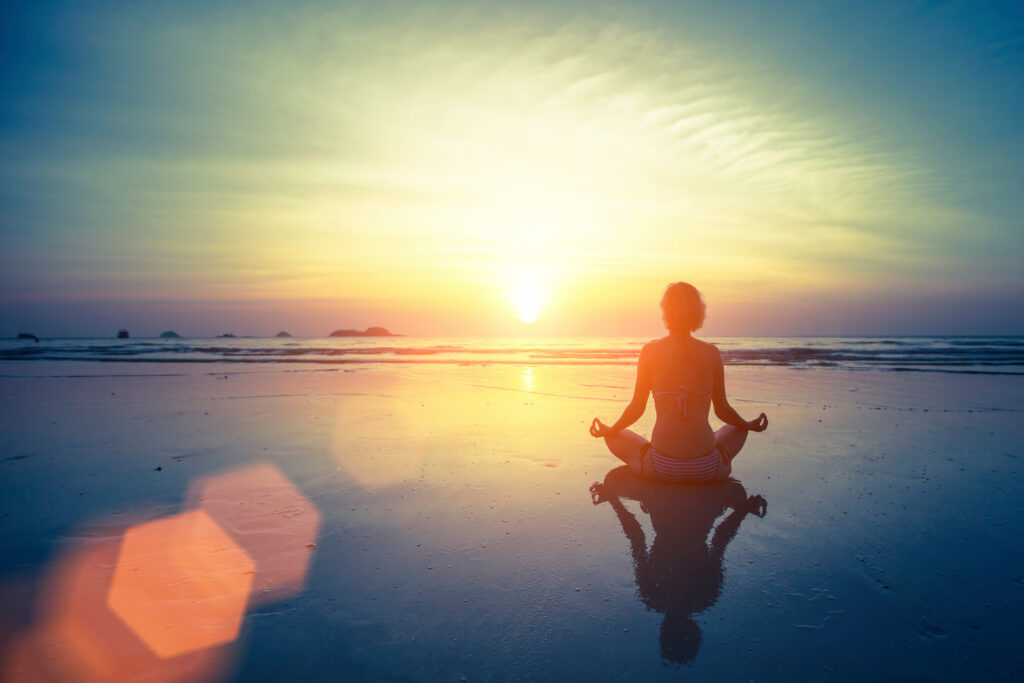We live in a culture that glorifies productivity, where doing more is often mistaken for healing faster. But what if the most powerful step toward real, lasting relief isn’t another supplement, stretch, or strategy, but intentional rest and recovery?
If you’ve been dealing with chronic pain, burnout, or emotional exhaustion, you may feel guilty for needing rest, or confused about what true recovery even looks like. You’re not alone. Real rest isn’t laziness. It’s not zoning out in front of a screen or crashing after pushing too hard. Rest is an active, strategic process that supports your nervous system, calms your mind, and creates space for genuine healing.

Why Rest and Recovery Are Not the Same as Sleep
When we hear the word rest, most of us think of sleep. And while quality sleep is essential, it’s only one part of the rest and recovery equation. You can get eight hours a night and still feel exhausted—physically, mentally, and emotionally.
That’s because rest is about more than just your body being still. It’s about intentionally stepping out of fight-or-flight mode so your nervous system can downshift, your mind can quiet, and your body can begin to repair itself. Recovery is what happens when you create space for healing to occur, without pressure, distraction, or overstimulation.
This kind of rest isn’t passive. It’s active. It might look like sitting in silence for a few minutes, going for a gentle walk in nature, practicing deep breathing, or even having a meaningful conversation with someone who truly gets what you’re going through. These small but powerful choices help shift your system toward healing.
In other words, rest is not the reward at the end of the healing process. Rest and recovery are the healing process.

Chronic Stress Sabotages the Healing Process
Your body is hardwired for survival. When you’re under stress, especially chronic, low-grade stress from pain, work demands, or emotional strain, your system shifts into a state of high alert. This “fight or flight” mode is useful in emergencies, but when it becomes your default, healing gets pushed to the back burner.
Stress floods your body with cortisol and adrenaline, increasing inflammation, tightening muscles, and dulling your ability to rest. Over time, this state of constant activation wears down your resilience and can amplify your pain and fatigue.
Intentional rest helps calm your nervous system and signals to your body that it’s safe. And that sense of safety is what allows healing to begin. It’s only when your body feels supported, emotionally and physically, that it can shift into “rest and digest” mode, where real repair happens.
You don’t need to eliminate all stress to heal, but you do need daily moments of rest and recovery to interrupt the cycle.

What Real Rest Looks Like (And What It Doesn’t)
If you’ve ever told yourself “I rested today” after a few hours of TV or scrolling your phone, you’re not alone. But here’s the truth: numbing out isn’t the same as rest and recovery.
True rest is intentional. It’s not just the absence of doing—it’s the presence of restoration. While there’s nothing wrong with enjoying a good movie or catching up on social media, those activities often keep your brain in a stimulated, reactive state. They don’t offer the nervous system the downshift it needs to repair and recharge.
So what does real rest look like?
- Gentle movement, like stretching, tai chi, or a short walk
- Mindful stillness, such as meditation, breathwork, or simply sitting quietly with a cup of tea
- Creative flow, like drawing, journaling, or playing music—activities that feel nourishing, not draining
- Nature connection, even if it’s just stepping outside to feel the breeze on your face
These are moments when your body feels safe, your mind softens, and your heart has space to breathe. That’s rest and recovery in action.
You don’t need hours of it every day. Even five minutes can begin to shift your physiology toward healing.
The Science Behind Rest and Recovery
You don’t have to rely on guesswork—there’s solid science backing the healing power of rest and recovery. Studies show that chronic stress and sleep deprivation can delay wound healing, increase sensitivity to pain, and impair immune function. On the flip side, intentional rest reduces inflammation, lowers cortisol levels, and helps regulate mood and pain perception.
Your parasympathetic nervous system—the one responsible for “rest and digest”—is key to this process. When you engage in practices that activate it, like slow breathing or restorative movement, your heart rate slows, digestion improves, and your body begins to shift into a state of healing.
There’s also growing evidence that rest enhances neuroplasticity—the brain’s ability to rewire itself. For those living with chronic pain, this is a game-changer. Recovery isn’t just physical; it’s also neurological. By prioritizing rest and recovery, you’re not just taking a break—you’re reshaping the way your body and brain experience pain.
Science confirms what your body already knows: healing can’t happen without rest.

Simple Ways to Add More Rest and Recovery Into Your Life
You don’t need a wellness retreat or a completely clear schedule to start healing. Building rest and recovery into your day can be simple, accessible, and even enjoyable—especially when you stop thinking of rest as “doing nothing” and start seeing it as powerful medicine.
Here are a few easy ways to begin:
- Start small. Set a timer for five minutes of stillness each day. Sit quietly, breathe slowly, and notice how your body feels. That’s it.
- Bookend your day with intention. Begin and end your day with a calming ritual: a warm shower, a stretch, or writing down three things you’re grateful for.
- Create a “rest space”. Whether it’s a cozy chair by a window or a quiet corner with a blanket, designate a place that signals your body it’s time to slow down.
- Take sensory breaks. Step outside and feel the sun. Sip tea without distraction. Light a candle. These micro-moments help regulate your nervous system.
- Respect your limits. Honour the signals your body gives you. If you’re tired, rest. If you feel overwhelmed, pause. That’s not weakness—it’s wisdom.
Healing doesn’t require pushing harder. It asks for presence, patience, and compassion. By weaving rest and recovery into your life with small, deliberate choices, you give your body the space it needs to do what it does best: heal.

Start Your Rest and Recovery Today
If you’ve been waiting for permission to slow down—this is it. Rest and recovery aren’t luxuries; they’re necessities. They’re not what you do after you heal—they’re how you begin to heal.
You don’t have to push through the pain. You can heal starting now.
Check out the online course: Off Pain Solutions: Make the Most of it, and take your next step toward real, lasting relief.
